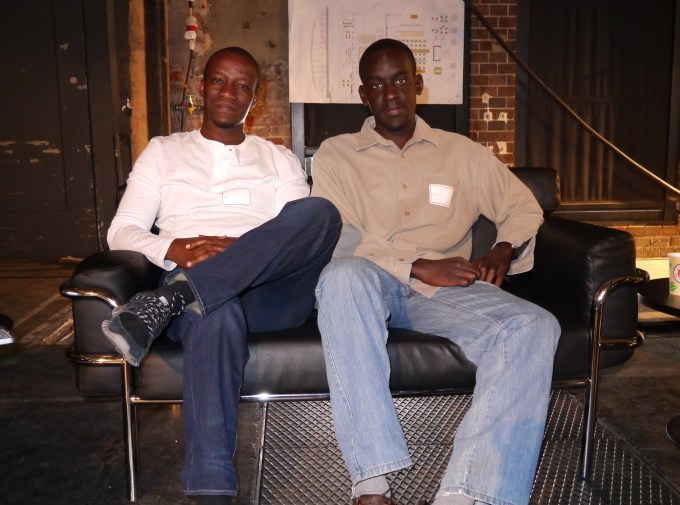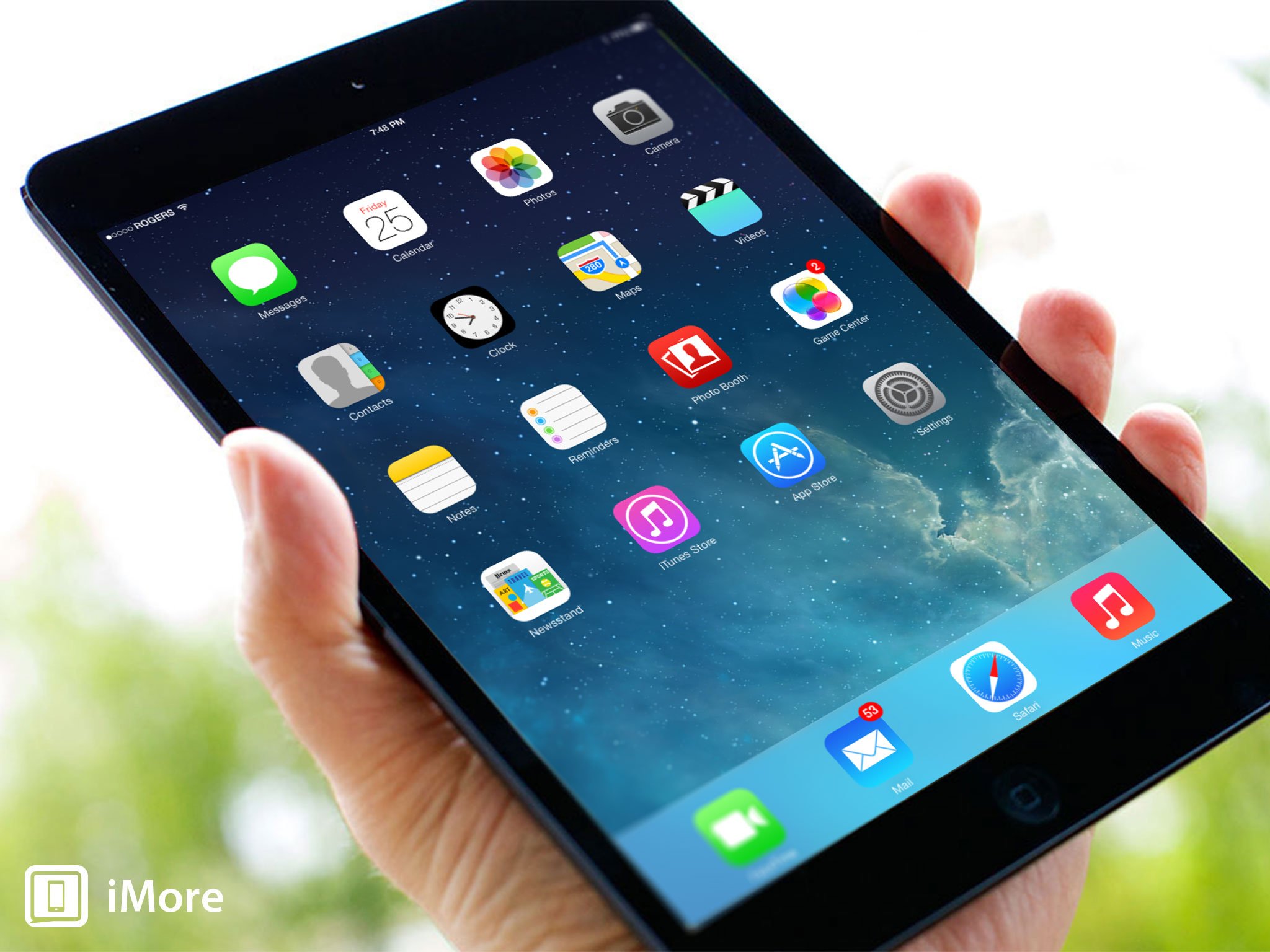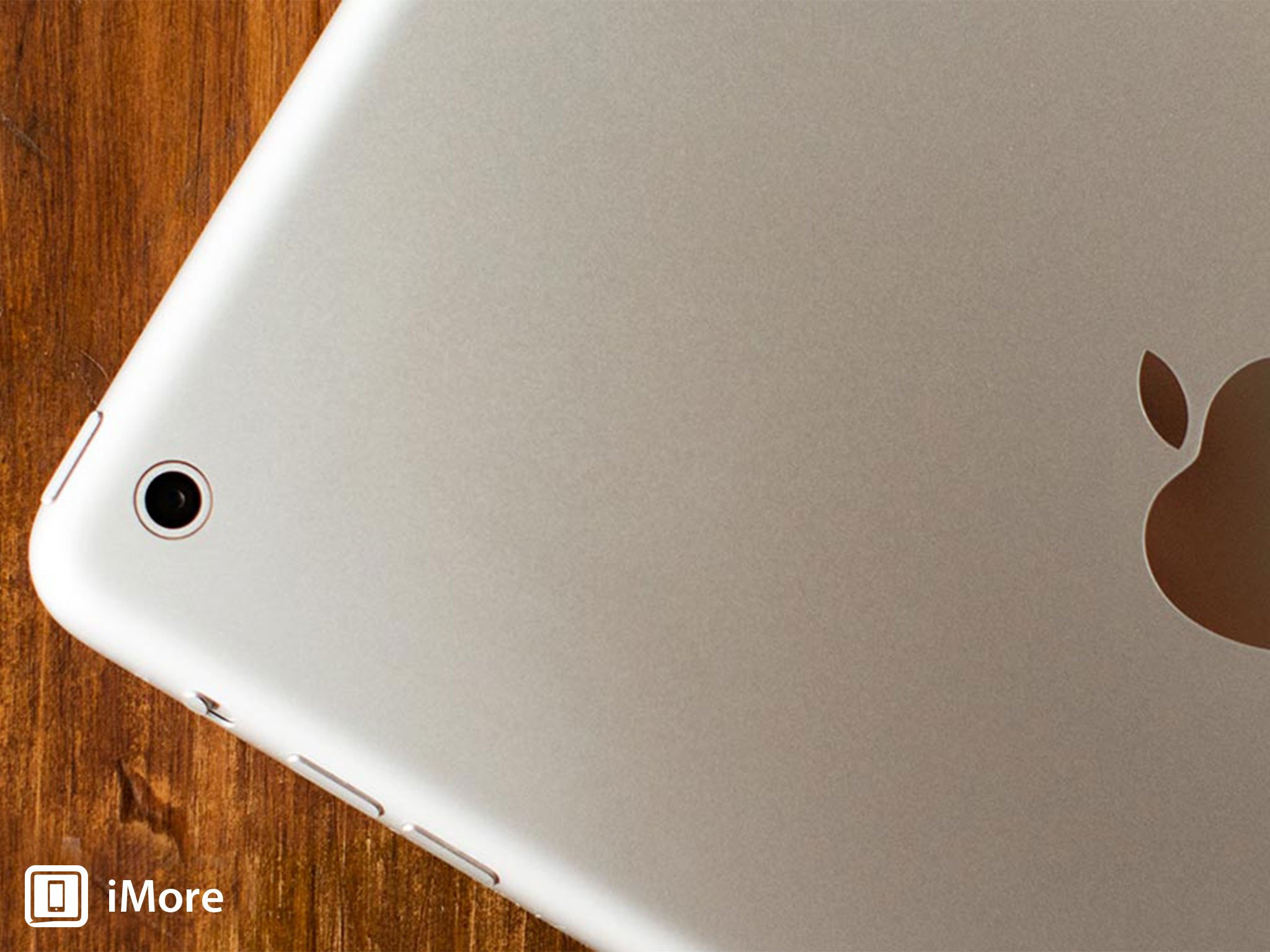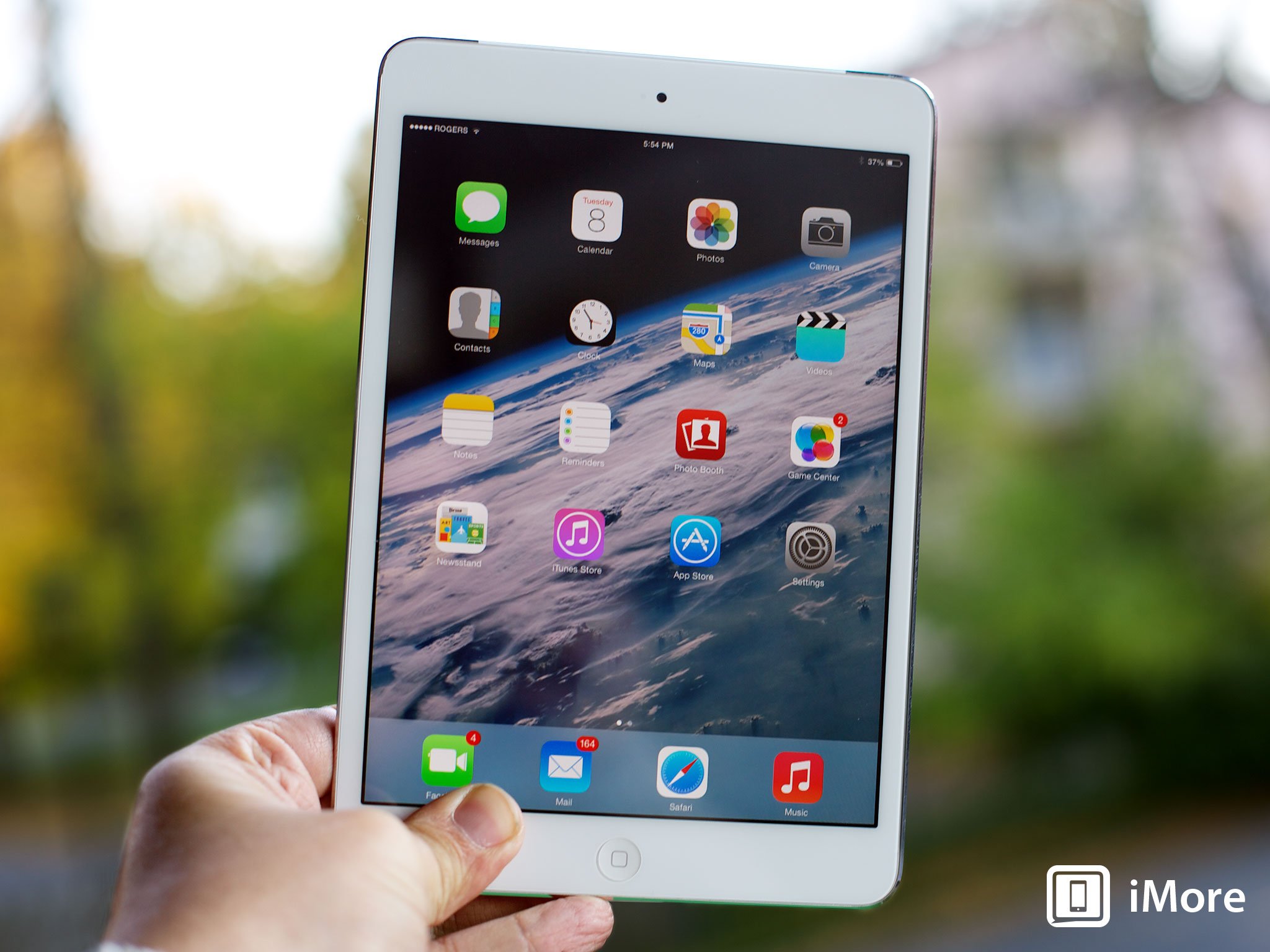BOSTON (AP) — Four days a week, David O'Donnell leads a 90-minute "Kennedy Tour" around Boston that features stops at government buildings, museums, hotels and meeting halls.
Tour-goers from throughout the United States and abroad, who may see John F. Kennedy as inspiration, martyr or Cold War hero, hear stories of his ancestors and early campaigns, the rise of the Irish in state politics, the odd fact that Kennedy was the only president outlived by his grandmother.
Yet at some point along the tour, inevitably, questions from the crowd shift from politics to gossip.
"Someone will ask, 'Did Jack Kennedy have an affair with Marilyn Monroe?' With this woman? That woman?" explains O'Donnell, who has worked for a decade in the city's visitors bureau. Those asking forgive the infidelities as reflecting another era, he says. "It's something people, in an odd way, just accept."
The Kennedy image, the "mystique" that attracts tourists and historians alike, did not begin with his presidency and is in no danger of ending 50 years after his death. Its journey has been uneven but resilient — a young and still-evolving politician whose name was sanctified by his assassination, upended by discoveries of womanizing, hidden health problems and political intrigue, and forgiven in numerous polls that place JFK among the most beloved of former presidents.
The last half century has demonstrated the transcendence of Kennedy's appeal. It's as if we needed to learn the worst before returning to the qualities that defined Kennedy at his best — the smile and the wavy hair, the energy and the confidence, the rhetoric and the promise.
"He had a gift for rallying the country to its best, most humane and idealistic impulses," says Pulitzer Prize-winning historian Robert Caro, who cites such Kennedy achievements as the Peace Corps, the nuclear test ban treaty and the peaceful resolution of the Cuban Missile Crisis.
"He's become more and more of an iconic figure as the years have passed," says presidential biographer Robert Dallek, whose "Camelot's Court" is one of many Kennedy books out this fall.
"I think it's partly, of course, because of the assassination. But that doesn't really account for why he has this phenomenal hold on the public." President William McKinley, he noted, was assassinated in 1901, "but 50 years after his death hardly anyone remembered who he was."
Boston is the official home for Kennedy memories, starting at the John F. Kennedy Presidential Library and Museum and echoing at landmarks throughout the area — the small, shingled house in Brookline where he was born and the Kennedy park in Cambridge that extends along the Harvard Kennedy School of Government, the statue on the grounds of the Massachusetts State House and the corner table at the nearby Omni Parker House Hotel, where Kennedy proposed to Jacqueline Bouvier.
But thousands of Kennedy buildings, busts and plaques can be found around the country, from the grandeur of Washington's Kennedy Center to the scale of New York City's JFK Airport to the oddity of a Kennedy golf course in Aurora, Colo. (He publicly avoided predecessor Dwight Eisenhower's beloved leisure sport but actually played it well).
"He stands out among all the modern presidents," says historian Larry J. Sabato, whose book, "The Kennedy Half Century," has just been published. "Franklin Roosevelt was more consequential, and Harry Truman may have been, too. But Kennedy overshadows them all. He's the one president from the post-World War II era who could appear on the streets now and fit right in."
Kennedy, born in 1917, was the second son, and one of nine children, of immigrant-turned-tycoon Joseph P. Kennedy. No self-made man put greater pressure on his children than did the elder Kennedy. When first son Joseph Jr. was killed during World War II, Jack became the designated heir. Himself a Navy veteran and survivor of a collision with a Japanese destroyer, he would write to his friend Paul Fay that, once the war was over, "I'll be back here with Dad trying to parlay a lost PT boat and a bad back into a political advantage."
Kennedy was elected to Congress in 1946, at age 29, was a senator by age 35 and was soon being mentioned as a candidate for national office.
"From the time Jack first ran for Congress, his father had taught him everything from wearing a suit and the best way to cut his hair, how to appear youthful and wise and serious at the same time," says David Nasaw, whose biography of Joseph P. Kennedy came out last year. Still, Nasaw described JFK's relationship with his father as a "partnership," in which he didn't hesitate to differ from the elder Kennedy.
JFK was a public figure years before he ran for office. "Why England Slept," released in 1940, was a book-length edition of a thesis he wrote at Harvard about the British in the years before World War II. An introduction was provided by one of the country's foremost image makers, Time magazine publisher Henry R. Luce. "You would be surprised how a book that really makes the grade with high-class people stands you in good stead for years to come," Joseph Kennedy had advised his sons.
The JFK narrative was well in place for his presidential run in 1960: a handsome, witty and athletic World War II hero and family man who vowed to revitalize the country, which for eight years had been presided over by the grandfatherly Eisenhower.
The multimedia story began in childhood with newsreels and newspaper coverage of the smiling Kennedy brood, and it continued with books, photographs, movies and finally television — notably the telegenic JFK's presidential debates with Republican Richard Nixon.
Questions about the Kennedy image were also in place.
His Pulitzer Prize-winning tribute to political risk and bipartisan statesmanship, "Profiles in Courage," was shadowed by reports that he didn't write it, and the book's authorship remains a subject of debate. Lyndon Johnson, eventually his vice president, spread rumors (later confirmed) that Kennedy suffered from a glandular disorder, Addison's disease. An authorized campaign biography by James MacGregor Burns angered the family when the historian questioned whether JFK was independent of his father and of the memory of his older brother.
"I think you underestimate him," Jacqueline Kennedy wrote to Burns. "Jack is a strong and self-sufficient person. If we could just lay to rest those bromides about Dad and Brother Joe. Let me assure you that no matter how many older brothers and fathers my husband had had, he would have been what he is today, or the equivalent in another field."
One of the last presidents to live during an age when private vices were kept private, he was at ease around such photographers as Jacques Lowe and around the crew of documentary maker Robert Drew, whose Kennedy projects included the landmark of cinema verite "Primary" and the film "Crisis," about the 1963 standoff against Alabama's segregationist governor, George Wallace. Award-winning filmmaker D.A. Pennebaker, who assisted Drew on the Kennedy documentaries, remembered spending hours in the Oval Office and once being offered a ride in the presidential car.
"I got in the front seat and filmed into the back seat," Pennebaker said. "He was going over something that had happened at the United Nations and was using all these four-letter words, just using unbelievable language. Later on, someone said to me, 'I can't believe you can just film him like that.' But there was no way I was ever going to use it. That was the kind of relationship we had."
Andrew Ball, senior historian at the University of Virginia's Center for Politics, noted that the first decade after Kennedy's assassination was defined by the stately "Camelot school" of biography, including former JFK aide Arthur Schlesinger's Pulitzer Prize-winning "A Thousand Days."
But starting in the 1970s, in the post-Watergate era, the Kennedy image was challenged by the findings of congressional committees, by a wave of gossipy best-sellers and by one of the great investigative reporters, Seymour Hersh. His "The Dark Side of Camelot" detailed Kennedy's many sexual affairs, alleged connections to organized crime and attempts to assassinate Cuban leader Fidel Castro. When the book came out in 1997, New York Times reviewer Thomas Powers said Hersh's "copious new detail often makes for painful reading," which "can't honestly be ignored."
But during a recent interview, Hersh acknowledged that Kennedy's reputation was intact and that if he'd known the president personally, he might have been charmed, too.
"We like him. He was a cool guy, no question about it," Hersh said. "But he also had a dark side, a really dark side that many people knew about and didn't want to talk about."
Kennedy scandals often run through a cycle of revulsion, then acceptance, even rationalization. Last year, Kennedy was the subject of a best-selling memoir by former White House intern Mimi Alford, an explicit account of the president's extramarital behavior.
Laurence Leamer, author of "The Kennedy Men" and "The Kennedy Women," said Alford's story "sickened" him and made him wonder: "How can you bring that into the picture and feel the same way about him?" Dallek's "Camelot's Court" is a sympathetic book that mentions the Alford affair.
"His frenetic need for conquests was not the behavior of a sexual athlete," Dallek writes. "It was not the sex act that seemed to drive his pursuit of so many women, but the constant need for reaffirmation, or a desire for affection and approval, however transitory, from his casual trysts. It is easy to imagine that Jack was principally responding to feelings of childhood emptiness stemming from a detached mother and an absent father."
Dallek has learned as much about Kennedy as any living historian. A decade ago, his "An Unfinished Life" was a landmark biography that revealed Kennedy's health problems were far more extensive than what was reported in his lifetime. Drawing on medical records long kept sealed by the family, Dallek wrote that Kennedy, who had called himself "the healthiest candidate for president," suffered from a wide variety of ailments and had been prescribed everything from antibiotics to painkillers to antidepressants.
"Schlesinger actually found my revelations interesting," Dallek says, "because they showed Kennedy was a man who struggled mightily with these health problems and yet was so stoic and effective."
Previous biographers had failed to receive permission from a three-man board that included former JFK speechwriter and longtime loyalist Theodore Sorensen, who died in 2010. Dallek's reputation as a fair-minded historian made the difference.
"My argument was, 'Look, it's been 40 years and the health records are in the library vaults. What's the point of keeping them closed forever?'" Dallek told The Associated Press. "They agreed, but Sorensen was resistant and so I went to New York and spent two hours with him in his apartment. Afterwards, he was frustrated because I said there was a cover-up and he said there was no cover-up. But there was a cover-up."
Tom Putnam, director of the Kennedy presidential library, said the family had become much more willing to make materials available. He and Nasaw cite as a turning point the decision years ago by JFK siblings Sen. Edward Kennedy and Eunice Kennedy Shriver to allow the historian full access to their father's papers. Publications in recent years include White House tapes, notably during the Cuban Missile Crisis, and Jacqueline Kennedy's memories of her husband's administration, recorded in 1964.
Major additions to Kennedy's story are unlikely, though Dallek says he is still trying to gain access to some tapes from the Kennedy White House and to boxes of Robert Kennedy's papers. Putnam said the library was working "dutifully" to make all material available.
"Sometimes things are closed for personal privacy reasons or documents may have to be declassified. That's standard in the archive community," he said. "But we have opened everything we can. There is no secret room at the library where we keep this hidden trove of materials."
Source:
http://news.yahoo.com/jfks-image-shines-despite-contradictions-161729449.htmlCategory:
christina milian emmys futurama Into the Wild Jason Dufner










